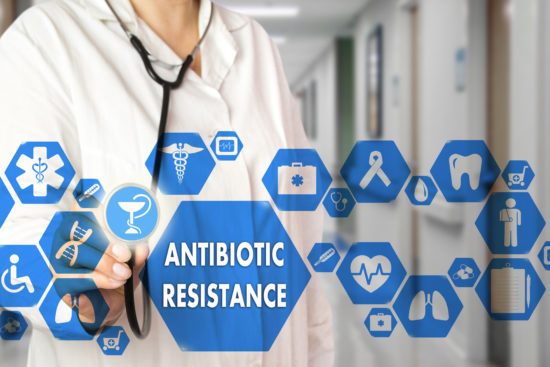Surveying Antimicrobial Resistance: The New Complexity of the Problem
The introduction of penicillin in the 1940s, the start of the antibiotics era, has been recognized as one of the greatest advances in therapeutic medicine. However, according to the World Health Organization (WHO), antimicrobial resistant infections are now an increasing worldwide public health threat and a post-antibiotic era is imminent when even common infections and minor injuries could be fatal. Antimicrobial resistance (AMR) reduces the effectiveness of treatment and patients remain infected for a longer period, thereby increasing the potential to spread resistant microorganisms to others, according to WHO. Without effective antimicrobials to counter and prevent infections, other major achievements in modern medicine, such as organ transplantation, cancer chemotherapy and major surgery, risk being compromised. According to The State of the World’s Antibiotics, two-thirds of the 100,000 tons of antibiotics produced globally each year are used in animal husbandry, and of the 27 antimicrobials used in animals, 18 are also used for human medicine. In terms of global sales in 2009, the top three antimicrobial classes for use in animals were macrolides, penicillins and tetracyclines, all of which are categorized as being critical for human medicine. The growth of global trade and travel allows resistant microorganisms to be spread rapidly to distant countries and continents, which threatens health security and risks damaging trade and economics.
AMR NEWS
Your Biweekly Source for Global AMR Insights!
Stay informed with the essential newsletter that brings together all the latest One Health news on antimicrobial resistance. Delivered straight to your inbox every two weeks, AMR NEWS provides a curated selection of international insights, key publications, and the latest updates in the fight against AMR.
Don’t miss out on staying ahead in the global AMR movement—subscribe now!






